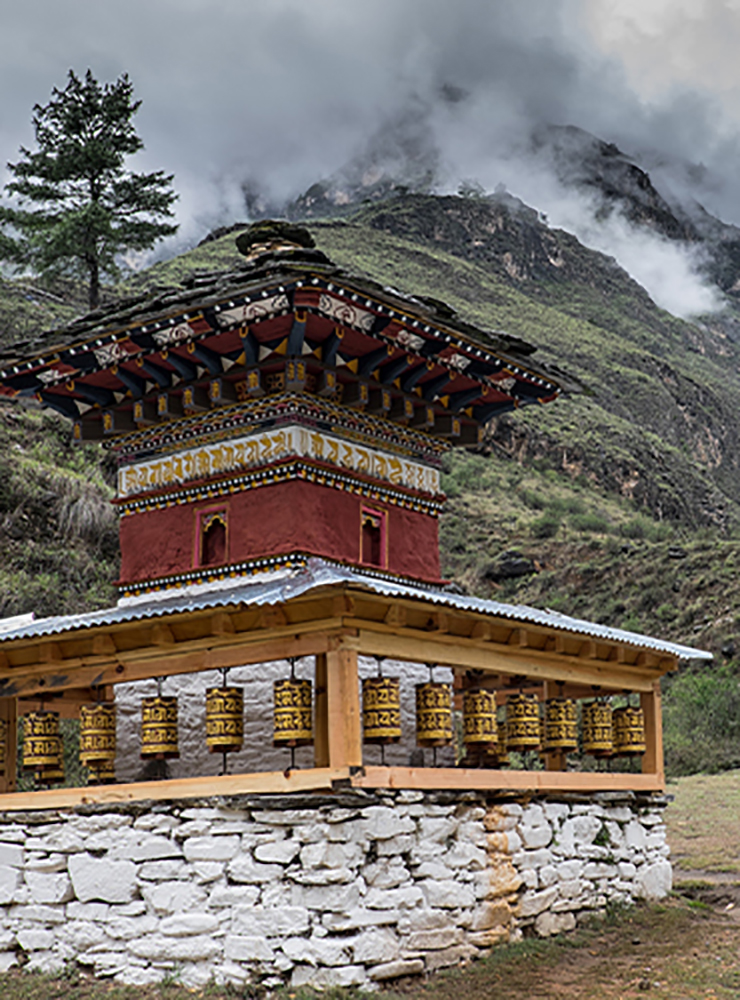The Land of the Thunder Dragon

Druk Yül
Bhutan is a multi-faceted and multi-dimensional place; In this brief space we can only begin to touch on some of its wonders. For a more detailed look at the facts around Bhutan, a good place to start is Wikipedia: https://en.wikipedia.org/wiki/Bhutan
- The Kingdom of Bhutan is a landlocked country in the Eastern Himalayas, bordering China to the north and India on all other sides.
- It is separated from Nepal in the West by Indian Sikkim.
- Bhutan’s capital and largest city is Thimphu.
- The King of Bhutan is known as the Druk Gyalpo, Dragon King.
- There are many climatic zones in Bhutan: subtropical plains in the south, alpine Himalayan mountains in the north.
- There are eight main mountain passes as you traverse the country from East to West.
- The highest mountain in Bhutan is the Gangkhar Puensum.
Tibet and Bhutan have always had a close historic relationship. It was part of the Silk Road between China and the India, as a group of small fiefdoms. In the 17th century lama and military leader Ngawang Namgyal, the first Zhabdrung Rinpoche, unified it into modern-day Bhutan and is revered as the patron founder of the country. Through the relations it developed with Britain and India, it avoided the fate of its neighbor Tibet during the Chinese invasion of that country, and remains an independent Kingdom. In 2008, Bhutan transitioned from an absolute monarchy to a Constitutional monarchy and now holds regular democratic elections to its parliament.

The People
Local Customs

